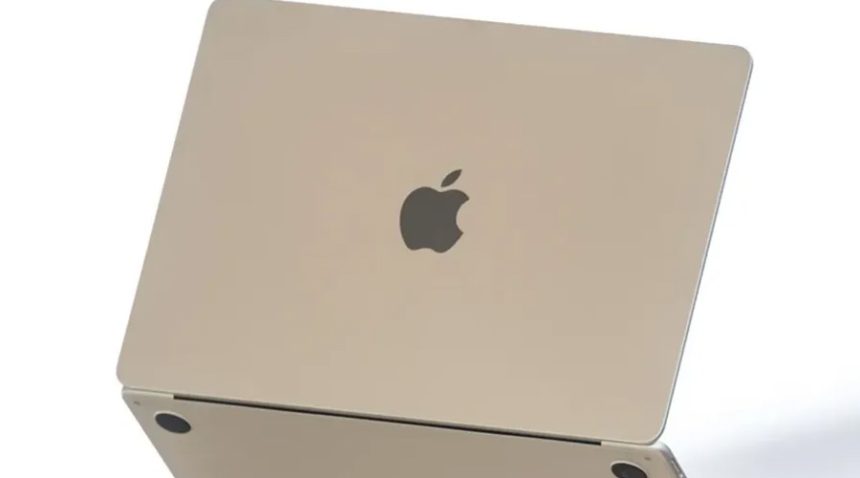Apple AR glasses fail the internal review, not living up to the executives’ expectations
Apple has officially canceled its Mac-connected AR glasses project. This decision follows the mixed reception of the Apple Vision Pro, a high-priced mixed-reality headset that has yet to gain mass appeal. Despite the market boom for AR glasses, Apple struggled to develop a product that balanced performance, cost, and consumer accessibility.
The Vision for AR Glasses
The now-canceled Apple AR glasses, code-named N107, were initially rumored to be light enough to use daily without ever discomforting the users. They were going to be quite different from the standalone, US$3,499 Vision Pro. The original plan involved connecting the glasses to an iPhone for processing power, but concerns over battery life and performance led Apple to shift to a Mac-dependent design.
The glasses would have had built-in displays, letting users view digital overlays in the real world. Apple hoped that this would serve as a step toward fully independent AR glasses. If materialized, the N107 would have become the ‘holy grail’ of wearable technology. However, the challenges of developing this technology at a budget cost ultimately led to the project’s cancellation.
Why did Apple Pull the Plug?
Apple’s decision to cancel the Mac-connected AR glasses was driven by multiple factors, including technical limitations, poor internal reviews, and competition from companies like Meta.
Technical Challenges
Apple was unable to strike a balance between performance and usability. The first designs were based on the iPhone, which used it for processing. This consumed a lot of power and reduced performance. A Mac-based approach solved some of the power issues but created new ones, such as the inconvenience of requiring a Mac for operation.
Poor Executive Reviews
The N107 prototypes did not meet Apple’s internal expectations. Executives reviewing the product found that it failed to deliver a compelling experience, and doubts arose regarding its commercial viability. Moreover, the constantly changing feature set signaled a lack of clear direction within the Vision Products Group (VPG). VPG is the Apple team that works on AR and VR development.
Market Competition
Apple is seeing increased competition in the form of Meta, which has already entered the market selling smart glasses through Ray-Ban. Meta plans to release an AR-enabled version of these by 2027. Apple was targeting the same period for launching its device; however, such rapid progress in Meta’s success may have forced it to shift the focus elsewhere.
Financial Considerations
The N107 project failure comes hot on the heels of Apple’s decision to ditch its long-term work on a self-driving car. The company wants to gain profits from Apple’s best-selling products, and with the uncertain future of consumer AR, it may have decided that the glasses were too much of a risk to make.
What’s Next for Apple’s AR Strategy?
Apple still focuses on augmented and mixed reality. The company is working on Vision Pro successors and innovations like AirPods with cameras and new display technologies for future AR devices.
Focus on Mixed Reality with Vision Pro
Apple is doubling down on its Vision Pro headset, which integrates AR and VR features. Although its expensive and bulky design has limited mass adoption, Apple is working on lighter, cheaper versions to improve accessibility.
Advancements in AR Development
The tech giant has also invested in technologies that may lead to the AR glasses of tomorrow. These include tailored microLED screens, advanced LiDAR sensors, and the evolution of spatial computing. All these innovations may make standalone AR wearables possible in the future.
Developer Ecosystem and Software Growth
The company keeps upgrading its ARKit and RealityKit frameworks for AR development. Moreover, Apple is also cooperating with Unity to bring more VR content to its newly founded platform, visionOS.
Beyond Headsets
Apple is working on spatial computing applications that don’t necessarily require a headset. That includes interactive displays and holographic projections. This suggests that the company has a much bigger vision for AR integration.
The Bigger Picture
The iPhone maker’s decision to cancel its Mac-connected AR glasses shows the challenges of bringing AR to the mainstream. For now, Apple is focused on the success of the Vision Pro and innovations to make user-friendly standalone AR wearables.






